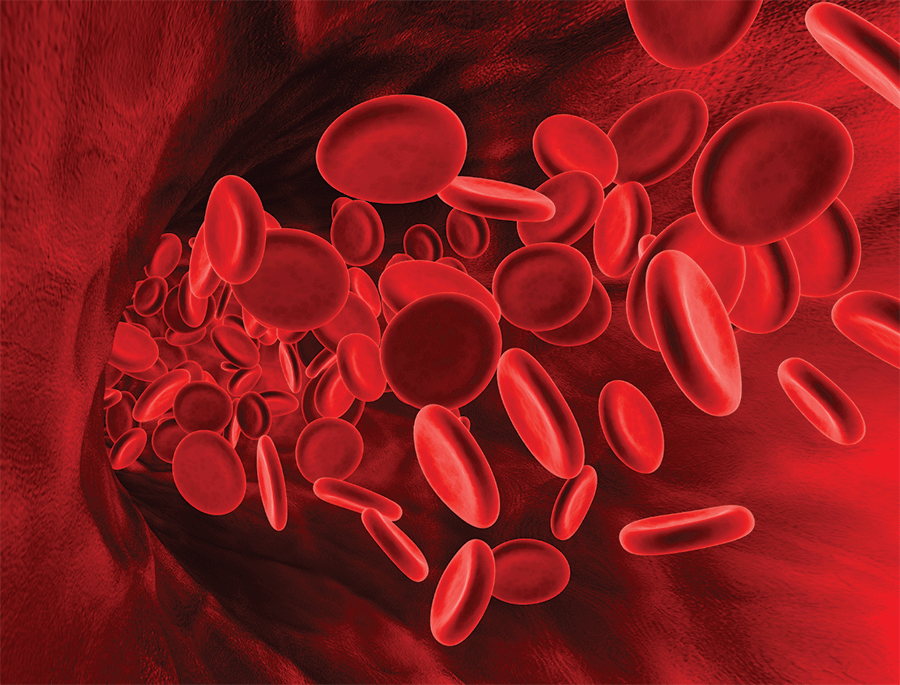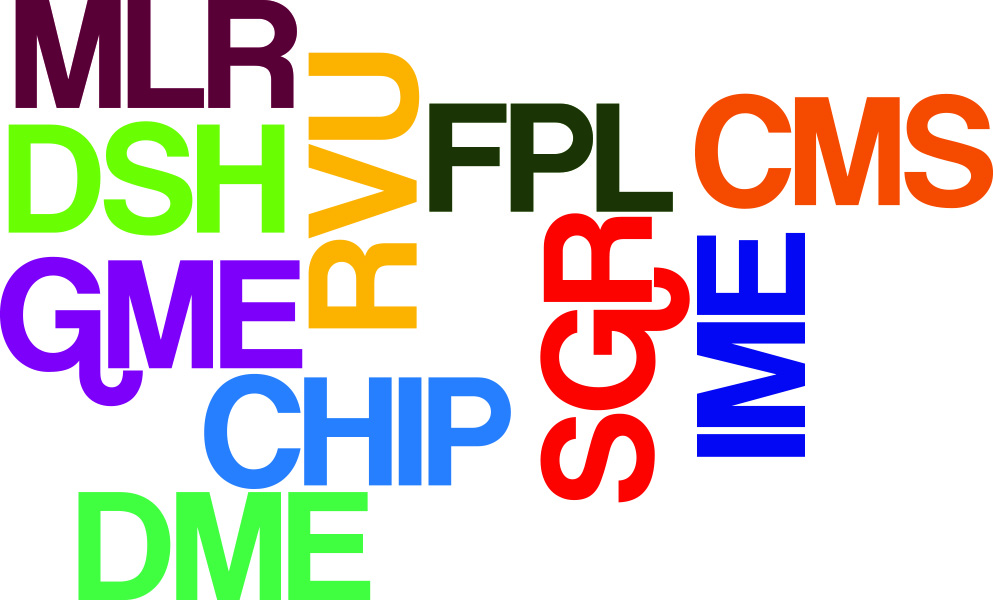Browsing: January 2015




Clinical
,
Pediatric EM
,
Toxicology
,
Toxins
Small, but Deadly: Part 2
Remember that 22-month-old girl from the last issue? Well, armed with the information from the last article, you now feel ready to treat any of her potential medication ing
Small, but Deadly: Part 2
1/8/2015 Jason Chu, MD , Danish Malik, MD







